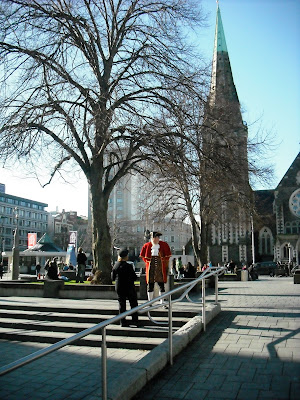
The conference was most seminal in my life. It is something I never dreamed possible, present semi-respectable research to very respectable researchers.
On top of this worry of not being smart enough, the subject matter is some of the most difficult for any researcher of human behavior to disentangle. It is hard to believe that humans inside a community of other humans can succumb to a state where life no longer seems livable, and against the communities wishes take on the task of killing themselves as the solution to their (and everyone else’s) problems. It took all of me and then some to place myself outside the matter of suicide- to make it an intellectual challenge rather than something that happened to me, my family my community, MORE THAN ONCE. We always want to play victim, because it’s such an easy role with many rewards.
I strongly believe that if suicide is to be “understood” and dealt with in the intensions of carrying suicide throughout the awful winters of our life it must become an issue of the masses, not a personal matter. Strangely, it feels good to know that there are patterns to depression- this means prevention is possible.
In the end we will always consider our personal issues as difficult, but in reality we all experience difficult TOGETHER, no matter what it is that seems irreparable- life is constantly going. Ecclesiastes has been much on my mind for the last month.
As if an immoveable stone has been rolled away I can now think of my Father outside the terminology of mental ill, and see him as he was and is, my Father of almost 16 years. It is a true testament- a challenge of the mind to will itself into separating the two, my Father and I, while simultaneously acknowledging we are one. There are many unhealthy habits my Father picked up through out life that I must turn away from, but my Father loved me very much. I know this. And this is what I shall remember above all.
After the conference I relaxed and created something beautiful for Dad, he would have liked that and I like creating beautiful things for the people I love. I wrote a letter to him and threw all my “treasures” I’ve collected over the past few months back into the ocean, where not too long ago a young girl took her own life. Acknowledging can be painful, but it is also a celebration.
What my Dad’s brain and the young girl’s brain refused to remember is that humanity goes on, the world keeps going, and sometimes we forget the good and bad things that people did who do not live anymore. We just know something large and irreplaceable is missing. Life is cyclical, sometimes things are bad, very bad, good, neutral, or very good. Winters happen, but then so do summers. People cannot be replaced.
There are things that only a Father can say to his daughter that I wish I could have heard. Sometimes I think it is the saddest thing- Fathers who cannot talk to their daughters, or daughters who refuse to acknowledge their Fathers while they are still alive. It’s a relationship I’ll never have the privilege of experiencing in my adult life. I know my Dad, if he were still alive, would share his every story of outrageous let downs, failed dates, untimely break ups and hearts won over- he would have sat at my beside when I was sad, made fun of the boys who attempted to date me, and explore alongside my most favorite part of humanity- curiosity for the way the in which the world is constructed- celebrating each day the odd ways humans, though selfish and wild, relate to one another without even knowing it. We need each other.
Posted against my office are poems that keep me going.
W.W. preface to Leaves of Grass captures my heart, today in particular:
“This is what you shall do: Love the earth and sun and the animals, despise riches, give alms to everyone who asks, stand up for the stupid and crazy, devote your income and labor to others, hate tyrants, argue not concerning God, have patience and indulgence toward the people, take off you hat to nothing known or unknown or to any man or number of men, go freely with powerful uneducated persons and with the young and with the mothers of families, read these leaves in the open air every season of every year of your life, re-examine all you have been told at school or church or any book, dismiss whatever insults you own soul, and you very flesh shall be a great poem and have the richest fluency not only in its words but in the silent lines of its lips and face and between the lashed of your eyes in every motion and joint of your body.”


































